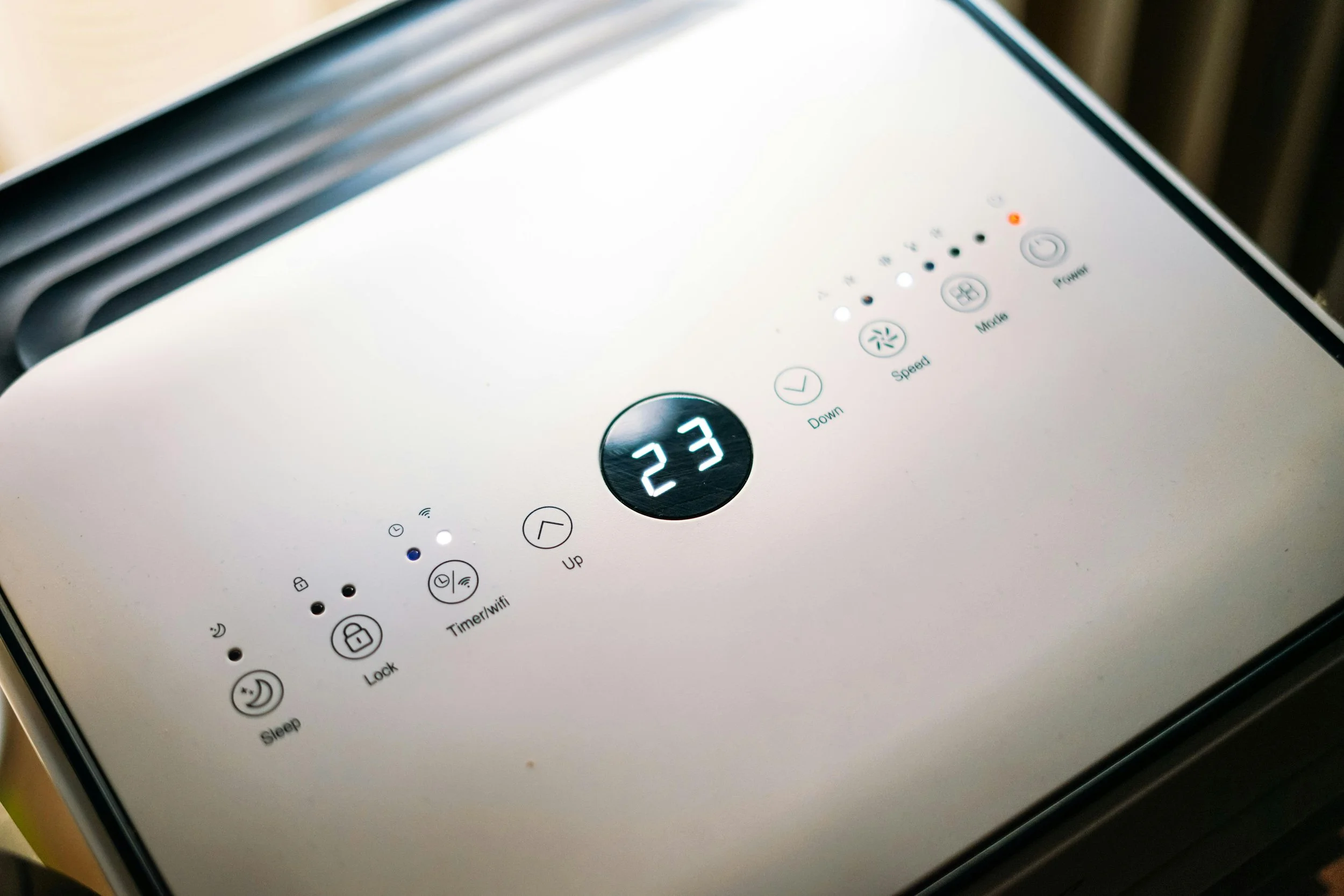A deeper look at how modern living is reshaping the electrical needs of today’s homes
If you grew up imagining a future like the Jetsons or Iron Man, with flying cars, robot maids and your house managing all your day to day issues, the IoT probably felt like the next logical step. Lights that you could turn on with a command. Thermostats that learn when you get home and when you go to work, to best match your needs. Doorbells that know your neighbors versus unexpected visitors!
But somewhere along the way we went from “Hey Google, play jazz” to “Hey Google? Please stop turning my lights purple at 3 am” and things have just gotten weirder with every passing year.
For every moment of true ease and convenience, there’s several more where your smart home behaves like a haunted house of old. Or perhaps more it’s having an existential crisis as it tries to figure out which of three thousand different programs it needs to run, to interact with one specific portion of your home.
So today, we’re doing a reality check:
Smart home tech — when it helps, when it hurts, and when it definitely needs a time-out.
Let’s start with the good, the questionable, and the “why is my lamp talking to me?”
1️⃣ Pro: Convenience That Actually Feels Magical
You can turn off the whole house from your phone. Adjust the thermostat from bed. Spy on your dog from the grocery store. It’s the dream. And that’s just the basic stuff that smart devices come with out of the box. That’s not even counting what you can get up to with interconnecting devices and setting up routines, or using a site like If This Then That.
1️⃣ Con: …When It Works.
But, then there’s the rest of the time. Your smart lock forgets you exist, your voice assistant can’t understand you unless you speak Klingon, and your routine called “Goodnight” turns everything off—including the Wi-Fi and your will to live. How are you supposed to figure out which systems there are, which networks everything is on, and get it straightened out?
2️⃣ Pro: Real Security Benefits
Smart homes have completely changed security in the modern day, and it’s possible to build your own all in one set up, and know that your home is safe, no matter where you are. Cameras, sensors, alerts, and automated lighting make your home safer and more responsive.
Motion-detected floodlight? Amazing.
Phone alert that your door is unlocked? Useful.
Doorbell showing you that someone is at the front door? Fantastic!
2️⃣ Con: Devices That Are So Vulnerable It Feels Like a Prank
But then there’s the other side of things. You expect devices that are inside your home to be safe, and ones that are around your kids, even more so. Yet we’ve already had teddy bears leaking kids’ voice messages and baby monitors that allowed anyone to log into. At this point, “secure” is stretching the definition more than silly putty.
Some devices come with passwords like “1234,” which feels less like security and more like a polite invitation to hackers. And how many of them tell you how to go about changing the basic password?
3️⃣ Pro: Energy Efficiency on Autopilot
Home efficiency is one we talk about a lot, as we’re always looking to help you cut bills when possible. Smart thermostats and connected devices help you reduce waste, cut bills, and keep an eco-conscious home without thinking about it.
3️⃣ Con: The Digital Ghost of the Previous Homeowner
If the last owner loved waking up at dawn, guess what?
So will you.
Lights turn on. Shades rise. Thermostats cook the house at midnight.
Some systems are so deeply programmed you’d need a séance—or a $99 subscription hub—to undo it.
4️⃣ Pro: Interconnectivity & Automation
When it works? Bliss. Your lights, locks, AC, and security system all play nicely together. You walk in the door and the house greets you like an enthusiastic golden retriever. It can be amazing and make your life much easier.
4️⃣ Con: Interconnectivity… and Chaos
But when it doesn’t work?
Devices disappear. Automations fail.
Your hub claims your living room doesn’t exist.
And Google Home users are out here performing full exorcisms just to get the kitchen lights back online.
And it takes someone who knows what they’re doing, understands all of the systems you have, or is capable of writing custom programs to make everything play nice. And then you pray that nothing updates and throws everything you’ve done out the window.
5️⃣ Pro: Smart Homes Can Make Life Genuinely Better
This is the big one, the one that many of us dream of in some shape or form.
For accessibility, mobility limitations, aging in place, busy families, or just “my thermostat is across the house and I’m not wearing real pants,” smart tech can be a game-changer.
5️⃣ Con: But Only If It Isn’t Weaponized or Compromised
Here’s the biggest downside:
Smart home systems can be used for stalking, harassment, or controlling behavior.
Partner abuse cases now commonly include things like:
Remotely blasting heat or cold via the thermostats
Monitoring conversations
Accessing cameras
Manipulating locks, lights, and alarms
It’s the worst-case scenario—and it’s happening more often than people realize.
Your Smart Home Should Work For You — Not Against You
Smart home technology isn’t going anywhere. And honestly? It shouldn’t.
When it works, it adds comfort, convenience, and safety to our daily routines.
But when it glitches, breaks, ghosts you, or acts possessed by the previous owner’s settings… it’s less “Jetsons” and more “Poltergeist.”
So when it comes to holiday sales and everyone getting new devices for their home thanks to the great deals, give it some consideration before you bring in something new.
While we can’t help with untangling your smart home, we can and do help with your appliances. From the oven to the washer, the freezer to the dryer, Appliance Rescue Service is here for you. We can help you get your appliances up to snuff for the holidays, whether they need repairs or just a quick maintenance check.
Call: (214) 599-0055






